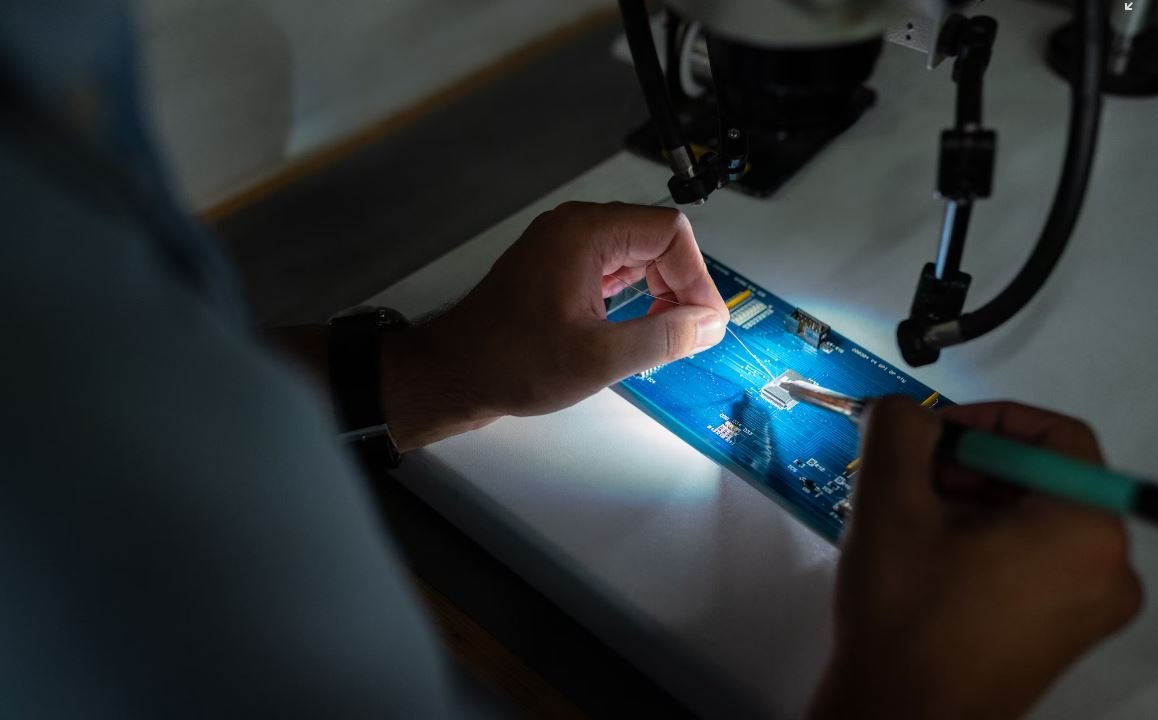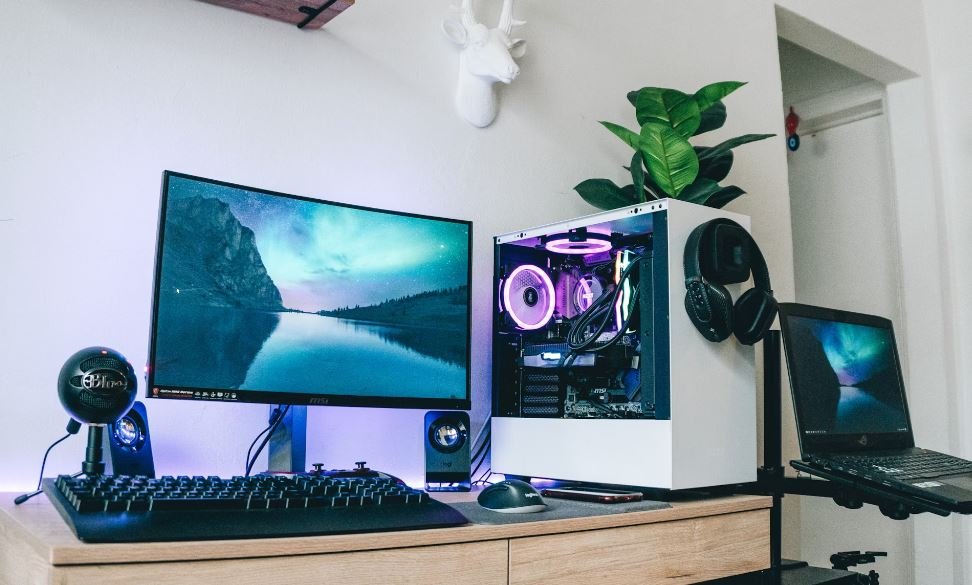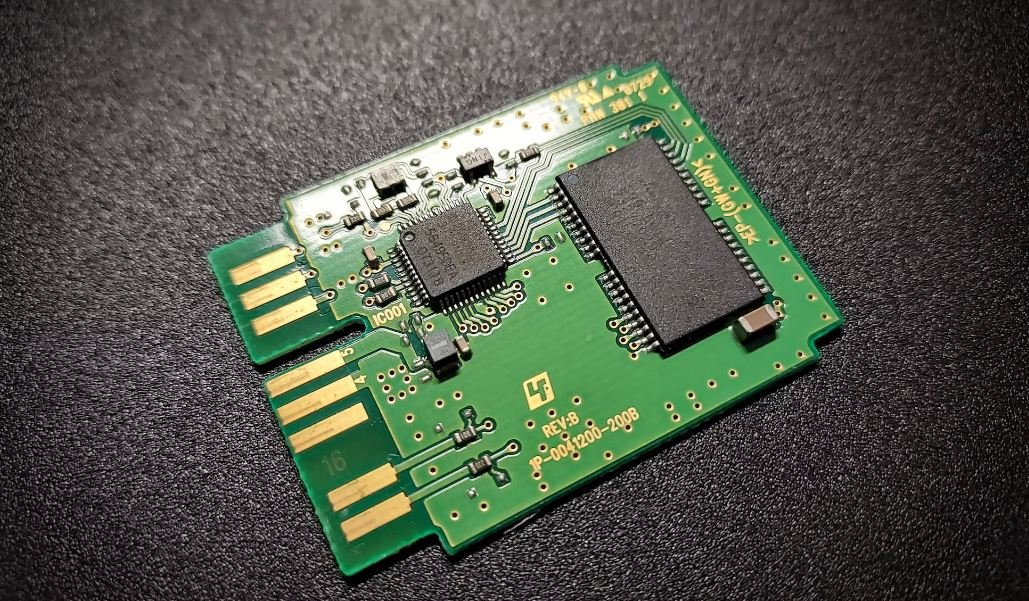AI Video to 3D Model: Transforming Videos into 3D Models
Artificial Intelligence (AI) has revolutionized a wide array of industries, and one area where it has made significant strides is in the conversion of videos into 3D models. With the advancement of AI algorithms and computer vision techniques, it is now possible to extract three-dimensional information from two-dimensional videos and create realistic 3D models. This technology has immense potential in fields like gaming, virtual reality, and architecture, where accurate and detailed 3D representations are crucial.
Key Takeaways
- AI video to 3D model technology converts videos into detailed and realistic 3D representations.
- Computer vision algorithms and AI techniques are used to extract three-dimensional information from two-dimensional videos.
- This technology finds applications in gaming, virtual reality, architecture, and more.
**AI video to 3D model** technology relies on sophisticated computer vision algorithms to analyze videos frame by frame and extract depth information. By analyzing the motion and geometry of objects in the video, AI algorithms can reconstruct their three-dimensional shapes and textures. This process involves identifying key points, establishing correspondences between frames, and estimating depth from these points. The result is a detailed and accurate digital 3D model.
- AI algorithms analyze videos frame by frame to extract depth information and analyze object motion.
- Key points and correspondences between frames are established to estimate depth and reconstruct 3D models.
**One interesting aspect** of AI video to 3D model technology is its ability to generate 3D models from ordinary videos captured by consumer-grade cameras. This means that anyone can capture videos of their surroundings and utilize AI algorithms to transform them into 3D models. This accessibility opens up new possibilities for individuals and businesses to create virtual environments, explore architectural designs, or even preserve memories in a three-dimensional form.
Due to the complex nature of AI video to 3D model conversion, various computer vision techniques are employed. One such technique is structure from motion (SfM), which utilizes the changes in object positions across video frames to estimate depth. Another technique is stereo reconstruction, where depth information is extracted from the different perspectives captured by a stereo camera setup or multiple cameras. These techniques, along with deep learning approaches, contribute to the accurate and realistic generation of 3D models from videos.
The Process of AI Video to 3D Model Conversion
The conversion of videos into 3D models involves several steps, including:
- **Extracting frames**: The video is divided into individual frames, which will be analyzed individually.
- **Feature detection**: Key points and visual features are identified in each frame, serving as reference points for depth estimation.
- **Feature matching**: Corresponding features across frames are matched to establish connections and enable depth estimation.
- **Depth estimation**: Using the established correspondences, the AI algorithms estimate the depth of the scene and the objects within it.
- **Surface reconstruction**: The estimated depths are used to reconstruct the surface of the objects, creating a detailed 3D model.
- **Texture mapping**: The textures from the original video frames are applied to the 3D model to make it visually realistic.
| Techniques | Advantages | Limitations |
|---|---|---|
| Structure from Motion (SfM) | Accurate depth estimation | Requires camera motion |
| Stereo Reconstruction | Depth estimation from multiple perspectives | Requires stereo camera setup |
| Deep Learning | Improves accuracy and detail | Requires large training datasets |
**The potential applications** of AI video to 3D model technology are vast. In the gaming industry, this technology can be used to create lifelike 3D characters and environments, enhancing the immersive experience for players. Architects and designers can employ this technology to transform their 2D designs into interactive 3D models, allowing clients to explore and visualize the final product before construction begins. Virtual reality developers can benefit from AI video to 3D model technology by generating realistic virtual environments from ordinary videos, saving significant time and effort in manual creation.
With continued advancements in AI algorithms and computer vision techniques, AI video to 3D model technology is poised to become even more sophisticated and accessible. As we venture into a future where virtual experiences are increasingly prevalent, the ability to convert videos into three-dimensional models will continue to shape various industries and push the boundaries of digital creativity.

Common Misconceptions
AI Video to 3D Model
There are several common misconceptions surrounding the topic of AI Video to 3D Model technology. These misconceptions can often lead to misunderstandings or false expectations about this emerging field. It’s important to address these misconceptions to have a more accurate understanding of how AI video to 3D model works.
- AI Video to 3D Model is only useful for creating animated characters:
- AI video to 3D model technology requires high-end hardware:
- AI video to 3D model is a completely automated process:
One common misconception is that AI Video to 3D Model technology is primarily used for creating animated characters. While it is true that this technology has been extensively used in the entertainment industry to generate lifelike characters, it has a wide range of applications beyond that. AI Video to 3D Model can be utilized in fields such as virtual reality, video game development, architecture, and even medical imaging.
- AI Video to 3D Model simplifies the process of creating 3D models:
- AI video to 3D model technology can accurately recreate any video footage:
- AI video to 3D model is a mature technology:
Another misconception is that AI Video to 3D Model technology requires high-end hardware to function effectively. While having powerful hardware can certainly enhance the speed and performance of the rendering process, AI Video to 3D Model is not solely dependent on this. Advances in machine learning algorithms and optimization techniques have made it possible to run this technology on more modest hardware setups, making it accessible to a wider range of users.
- AI Video to 3D Model requires a large dataset to produce accurate results:
- AI video to 3D model technology can create fully textured models:
- AI video to 3D model is a field without limitations:
Many people also have the misconception that AI Video to 3D Model is a fully automated process, where you simply input a video and obtain a perfect 3D model as the output. In reality, AI Video to 3D Model is a combination of automated processes and manual refinement. While AI algorithms can generate a rough representation of the 3D model, human intervention is often necessary to fine-tune the model and ensure accuracy.
- AI Video to 3D Model is an expensive technology:
- AI video to 3D model technology can generate models in real-time:
- AI video to 3D model eliminates the need for traditional modeling techniques:
Lastly, some may wrongly believe that AI Video to 3D Model requires a large dataset of training samples to produce accurate results. While having a diverse dataset can certainly improve the quality of the generated models, AI algorithms have shown the ability to generalize from smaller datasets. This means that it is not always necessary to have an extensive collection of training data in order to achieve satisfactory results with AI Video to 3D Model technology.

AI Video to 3D Model: From Pixels to Projections
In recent years, tremendous progress has been made in the field of computer vision and artificial intelligence (AI). One fascinating application of this technology is the ability to transform video footage into highly detailed 3D models. By analyzing pixel data and leveraging advanced algorithms, AI can reconstruct virtual representations of real-world objects and scenes. In this article, we delve into the extraordinary capabilities of AI in converting videos into immersive 3D models.
1. Converting a Video of a Cityscape
Through AI-powered video-to-3D-model conversion, an ordinary video recording of a bustling cityscape can be transformed into a vivid 3D representation. This allows for a unique perspective of urban landscapes, enabling further analysis and exploration of architectural features and urban planning.
2. Translating Underwater Video Footage
Underwater environments pose significant challenges for conventional imagery techniques. However, AI algorithms can dive into the depths of the ocean by converting underwater video footage into intricate 3D models. This breakthrough facilitates a deeper understanding of marine ecosystems and assists in underwater research and exploration.
3. Transforming Sports Event Recordings
A sports event recorded from multiple angles can be transformed into a full-fledged 3D model using AI. This enables viewers to navigate through the action, examine pivotal moments, and study player movements in great detail. Coaches and analysts can benefit immensely from such reconstructions for training purposes and tactical analysis.
4. Digitizing Historical Footage
By converting historical videos into 3D models, AI breathes new life into archival footage, transporting viewers back in time. This digital preservation of the past allows us to explore historical events from various angles and better understand the context surrounding them.
5. Constructing Forensic Reconstructions
In criminal investigations, AI can play a crucial role in reconstructing crime scenes using video evidence. By transforming footage into detailed 3D models, forensic experts can gather additional insights, collaborate with law enforcement agencies, and contribute to the pursuit of justice.
6. Enhancing Medical Imaging Techniques
AI-powered video-to-3D-model conversion extends beyond visualizing the world around us. It can assist medical professionals in reconstructing internal anatomical structures through video imagery, helping to improve diagnostics, surgical planning, and patient outcomes.
7. Simulating Synthetic Environments
AI can also generate synthetic 3D environments from video recordings, enabling the creation of virtual worlds for training simulations, entertainment, or architectural visualization. This technology offers opportunities for immersive experiences and virtual reality applications.
8. Mapping the Surface of Other Planets
With the help of AI, video footage captured by rovers on distant planets can be transformed into detailed 3D maps of their surfaces. This assists in planetary research, geology studies, and the exploration of extraterrestrial environments.
9. Reconstructing Industrial Processes
By converting video data from industrial operations, AI can create 3D models of complex machinery and processes. This aids in optimizing workflows, identifying bottlenecks, and simulating scenarios to improve efficiency and safety.
10. Enabling Augmented Reality
AI-powered video-to-3D-model conversion plays a vital role in augmenting reality by superimposing virtual objects onto the real world. This technology contributes to various applications, such as gaming, education, and design visualization.
From converting cityscapes and historical footage to enabling augmented reality and exploring other planets, AI’s ability to transform video into immersive 3D models is reshaping multiple fields. The convergence of computer vision, AI, and video processing holds tremendous potential for enhancing our understanding of the world around us and unlocking new possibilities.
Frequently Asked Questions
What is AI Video to 3D Model technology?
AI Video to 3D Model technology is a process that uses artificial intelligence algorithms to convert video footage into a three-dimensional digital model.
How does AI Video to 3D Model work?
AI Video to 3D Model technology analyzes each frame of a video, extracting depth information and mapping it onto a 3D point cloud. This process creates a detailed digital model that replicates the real-world objects captured in the video.
What can AI Video to 3D Model be used for?
AI Video to 3D Model technology has a wide range of applications, including virtual reality, augmented reality, gaming, architectural visualization, industrial design, and computer-assisted surgery.
What are the benefits of using AI Video to 3D Model?
By using AI Video to 3D Model, you can save time and effort in creating 3D models from scratch. It allows you to easily convert real-world objects from video footage into digital assets, which can be further manipulated and utilized in various applications.
Are there any limitations to AI Video to 3D Model technology?
AI Video to 3D Model technology has some limitations. It may struggle to accurately reconstruct complex movements, fast-paced actions, or scenes with poor lighting conditions. The quality of the resulting 3D model heavily depends on the video footage itself.
What kind of videos can be used with AI Video to 3D Model technology?
AI Video to 3D Model technology can be applied to various types of videos, including movies, sports events, surveillance footage, drone footage, and even smartphone videos. However, it works best with high-resolution footage that provides clear visual details.
Do I need specialized software to use AI Video to 3D Model technology?
Yes, AI Video to 3D Model technology typically requires specialized software that incorporates AI algorithms and 3D reconstruction techniques. Several companies offer software products specifically designed for this purpose.
Can AI Video to 3D Model technology be used for real-time applications?
Currently, real-time conversion of video to 3D models is challenging due to the computational power required for accurate reconstruction. However, ongoing research aims to develop real-time solutions that can be used in applications such as live video streaming and interactive experiences.
What are some potential future advancements in AI Video to 3D Model?
Future advancements in AI Video to 3D Model technology may include better handling of complex scenes, improved accuracy in reconstructing moving objects, enhanced integration with other AI techniques for object recognition and scene understanding, and optimized performance for real-time applications.
Is AI Video to 3D Model technology widely available?
AI Video to 3D Model technology is still an emerging field, and while there are some commercial software solutions available, it is not yet widely adopted. However, with the rapid advancements in AI and computer vision, it is expected that the technology will become more accessible in the future.




